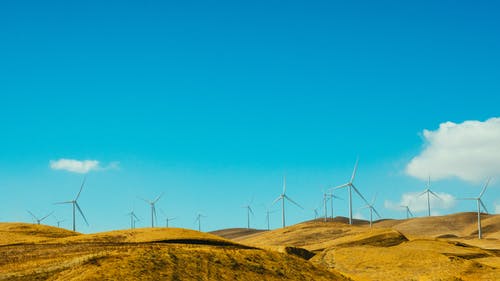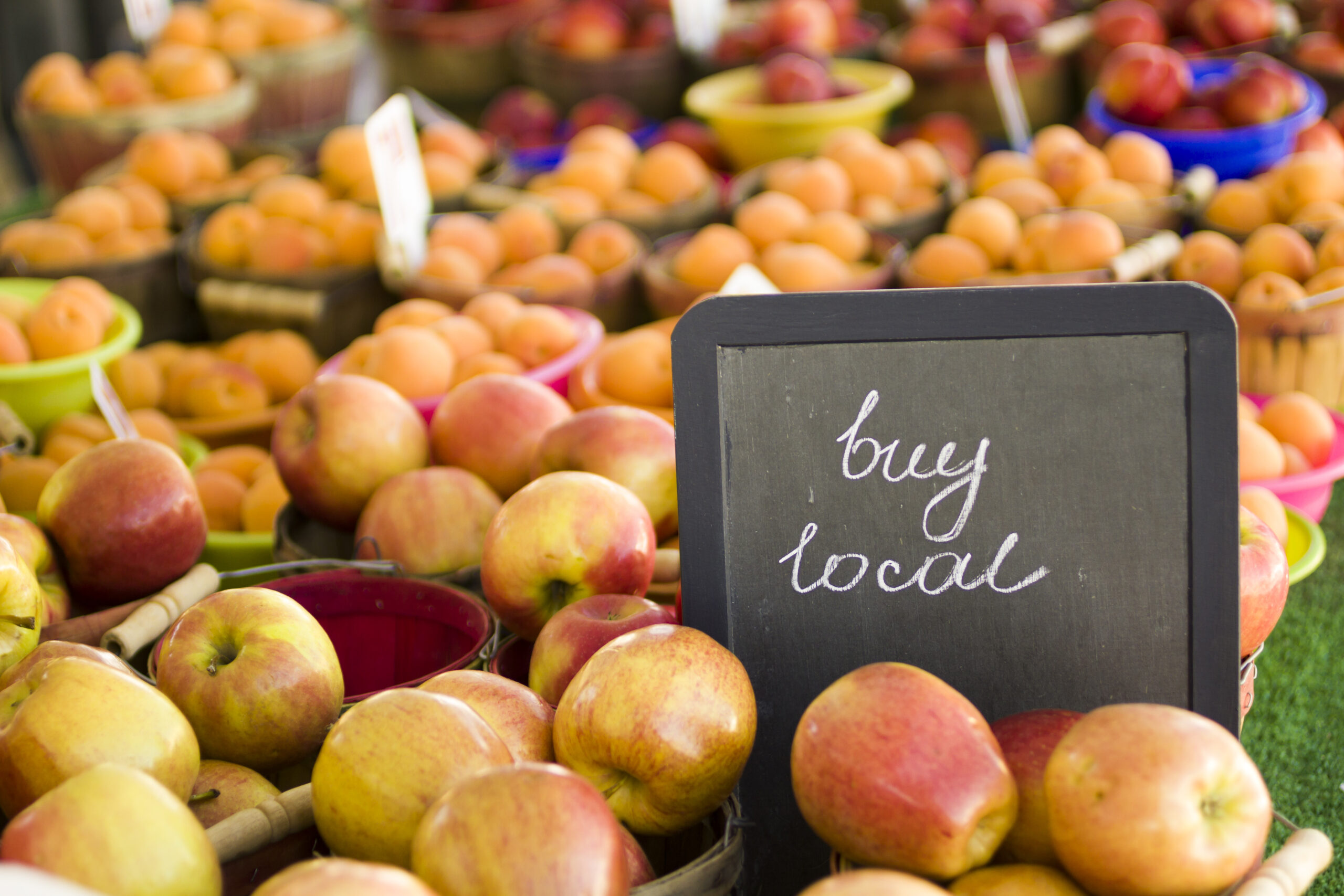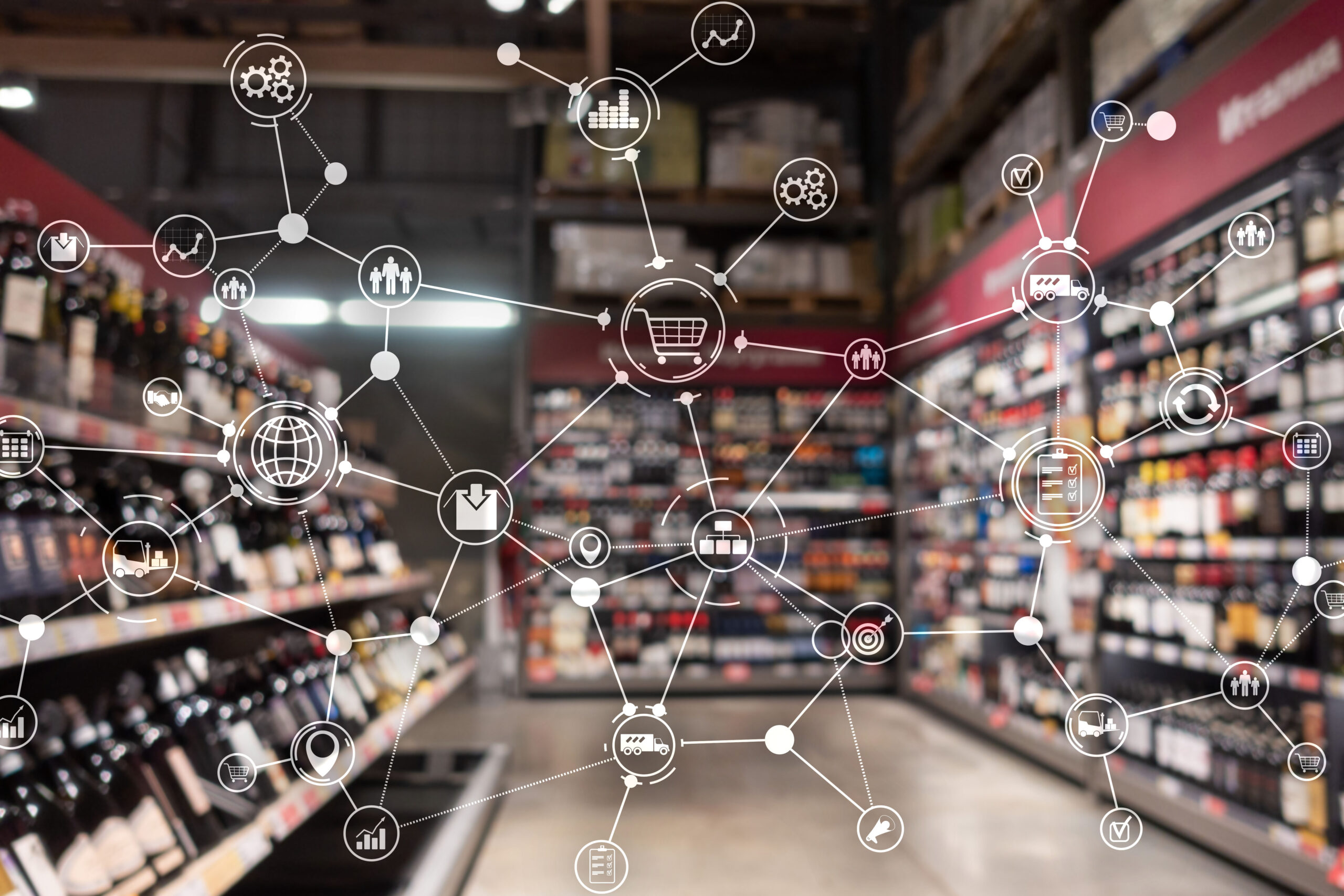The different ways CPG companies package their products is not only crucial to how those products are shipped, merchandised and sold, but they can also take a toll on the planet.
Retailers are also responsible for the products they carry and the food waste and carbon emissions they produce. In a 2020 Ipsos poll, 57% of U.S. adults said they “feel better” buying sustainable brands or products, and 65% said “companies have a moral obligation to use sustainable packaging”; the good news is many are already doing their part by implementing sustainable practices.
Here are just a few examples of how some CPG brands and retailers are tackling this giant sustainability challenge:
- Procter & Gamble announced it already achieved many of its 2020 environmental goals, and has launched a new initiative, “Ambition 2030,” which aims to meet new, broad-reaching goals by 2030.
- Similarly, Unilever announced its goal of reaching net-zero emissions from its own operations and by suppliers by 2039
- Nestle committed to making its packaging 100% recyclable or reusable by 2025
- Aldi is working towards cutting the use of plastic packaging in half by the end of 2025
- Food Lion is aimed at reducing food waste and carbon emissions by 50% by 2030
- Kroger is offering a recycling program for all of its private label brand packaging
- Hannaford’s is committed to stopping food waste
These types of practices are huge, complicated and ongoing undertakings. And brands and retailers still need to focus on their shopper’s needs, as well as brand and category sales–and while many have already adopted virtual store simulations to visualize shelf plans and test new concepts, they might not realize it’s environmentally friendly as well. There’s no need to create physical prototypes or travel to mock center sites. And it creates a way to understand how new concepts will fair in the context of the store, before anything is created in the real world. So you can test out the impact of that new sustainable packaging on shoppers before you make costly decisions.
There are many ways big and small players in the CPG and retail space can address their part in the climate crisis–collaborating and testing within a virtual space could be one just part of that environmental toolkit.





